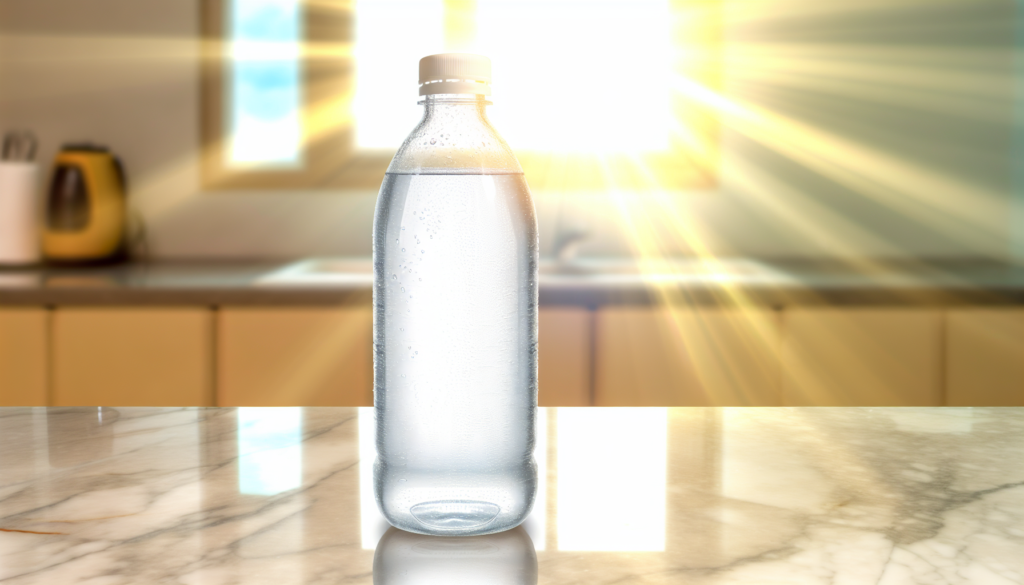Dealing with dry skin can sometimes feel like an uphill battle, especially when your complexion is crying out for hydration. If you’ve tried countless moisturizers and still wake up to a dull, flaky face, it might be time to rethink your skincare strategy. A skin cycling routine could be the game-changer your thirsty skin needs. Unlike traditional daily routines, skin cycling strategically rotates products to maximize benefits while minimizing irritation. Let’s explore how this revolutionary approach can transform your dry skin into the hydrated, glowing complexion you’ve always wanted.
What Is Skin Cycling and Why It Works for Dry Skin
Skin cycling has taken the beauty world by storm—and for good reason. This method, popularized by dermatologists, involves rotating different active ingredients throughout the week instead of using everything daily. Think of it as interval training for your skin!
For those with dry skin, traditional approaches can sometimes worsen the problem. Exfoliating too frequently or using harsh actives daily can compromise your skin barrier, leading to even more moisture loss. Skin cycling allows your complexion recovery time between treatments, which is particularly crucial for dry skin types that need extra TLC.
The beauty of this approach is its customization. While the standard cycling routine focuses on exfoliation and retinoids with recovery days in between, our 7-step routine specifically addresses the unique needs of dry, dehydrated skin that craves deep hydration and nourishment.
Your 7-Step Skin Cycling Routine for Dry Skin
Day 1: Gentle Exfoliation
Even dry skin needs exfoliation—it helps remove dead skin cells that prevent your hydrating products from penetrating deeply. However, the key word here is “gentle.”
Remember that dry skin typically benefits from chemical exfoliants rather than physical scrubs, which can be too abrasive. Limit this step to once a week initially, then gradually increase to twice weekly if your skin responds well.
Day 2: Retinoid Treatment
Retinoids are fantastic for cell turnover but can be drying. For dry skin types, we’ll modify the approach:
If you’re new to retinoids, start with once-weekly application and gradually work up to twice weekly. Listen to your skin—if you notice excessive dryness or irritation, extend your recovery days.
Days 3-4: Recovery and Deep Hydration
These days focus purely on restoration and moisture-building:
Recovery days aren’t just about letting your skin rest—they’re active hydration days. Layer hydrating ingredients like glycerin, hyaluronic acid, and ceramides to rebuild your moisture barrier.
Day 5: Barrier Repair
This step focuses specifically on strengthening your skin’s protective barrier—the key to maintaining hydration:
Consider using “barrier repair” specific products on this day. Many brands now offer specialized treatments designed to reinforce your skin’s natural protective barriers.
Day 6: Active Hydration
Now we introduce hydrating actives that go beyond basic moisturization:
This day focuses on ingredients that actively improve your skin’s ability to retain moisture, not just temporarily hydrate the surface.
Day 7: Moisture Mask and Reset
The final day serves as both intensive treatment and preparation for restarting your cycle:
Weekly mask treatments provide an extra boost of hydration that regular daily products sometimes can’t achieve. Think of it as a reset button for your skin.
Tips for Maximizing Your Skin Cycling Success
Consistency is key with any skincare routine, but especially with skin cycling for dry skin. Here are some additional tips to enhance your results:
Remember that skin cycling isn’t a one-size-fits-all approach. Pay attention to how your skin responds and modify accordingly. Some weeks you might need an extra recovery day, and that’s perfectly fine.
Conclusion
Transforming dry skin into a hydrated, glowing complexion doesn’t happen overnight, but a strategic skin cycling routine can dramatically accelerate your results. By intentionally rotating between active treatments and recovery phases, you’re giving your skin exactly what it needs, when it needs it. This balanced approach helps strengthen your moisture barrier while addressing multiple concerns simultaneously.
The beauty of this 7-step cycle is its adaptability—you can adjust it based on your skin’s feedback and seasonal needs. Within a few weeks of consistent cycling, you should notice a significant improvement in your skin’s hydration levels, texture, and overall radiance. Be patient with the process and remember that healthy skin is a marathon, not a sprint. Your dry skin days will soon be nothing but a distant memory!







